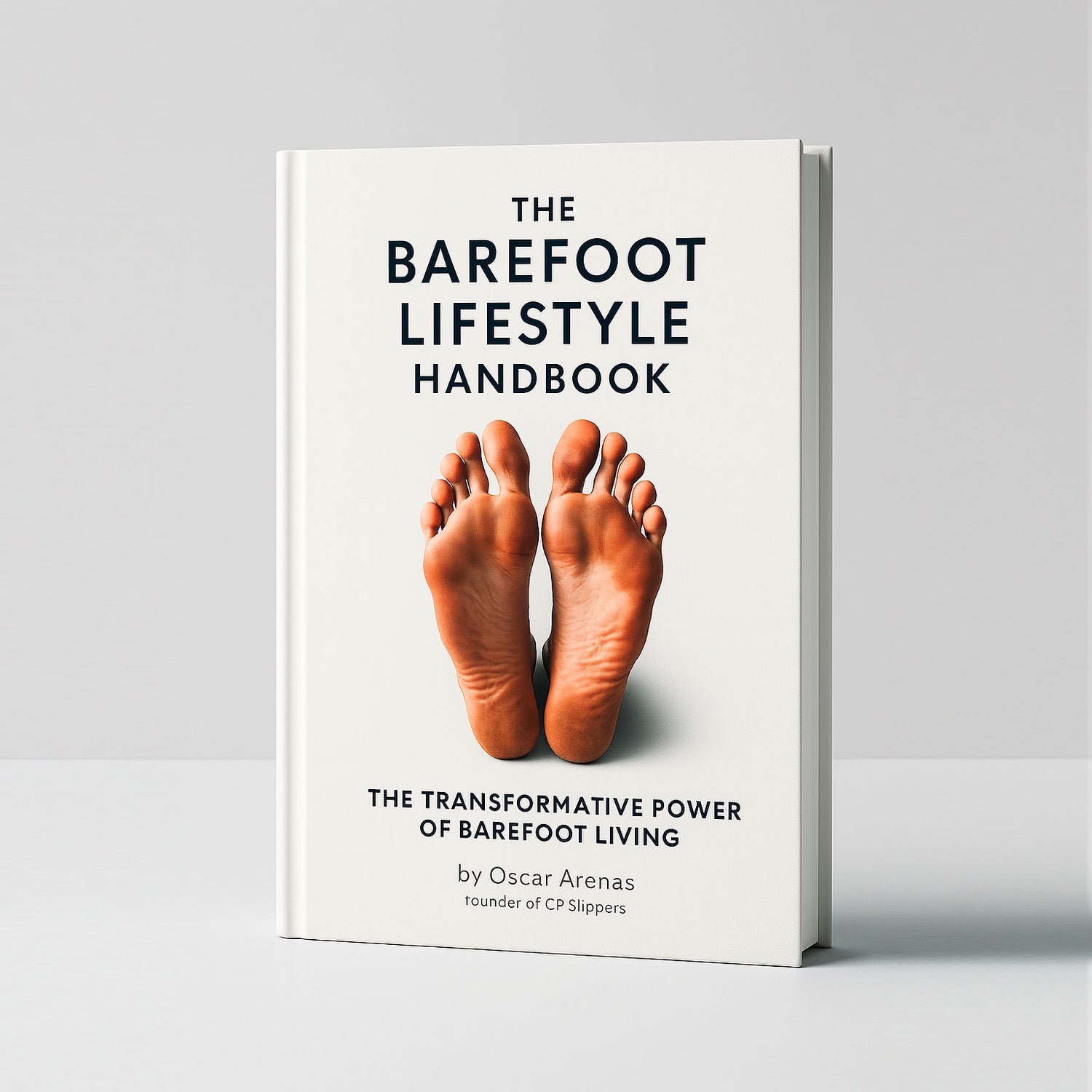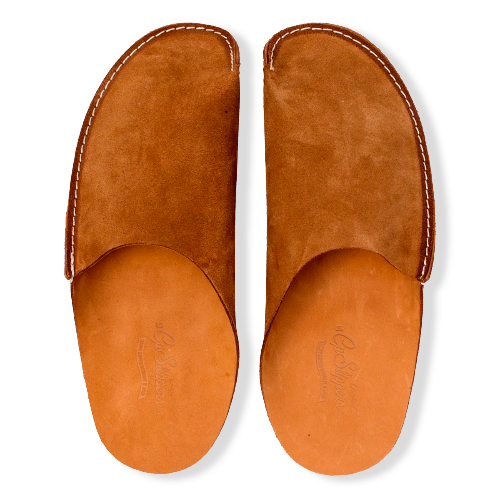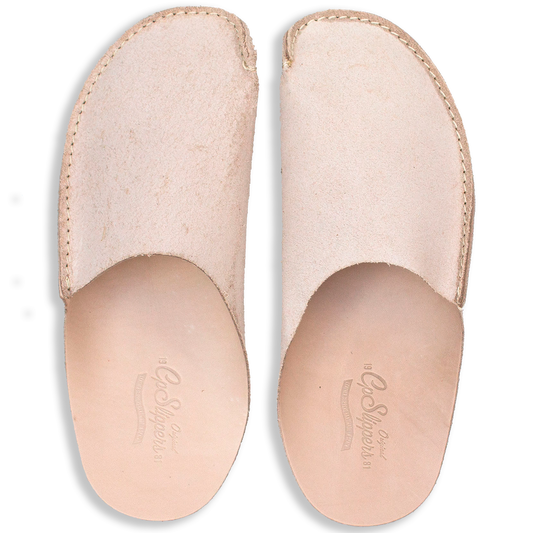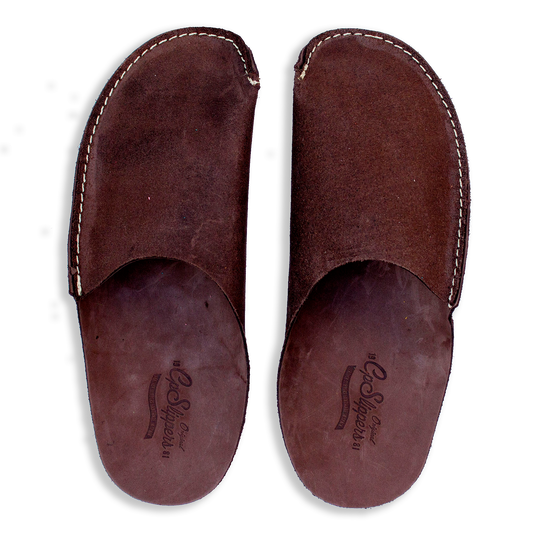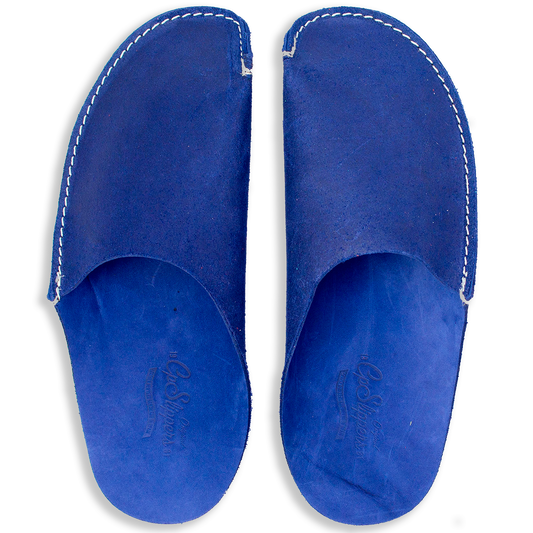Table of Contents
- Why Your Slipper Lifespan Matters
- Average Lifespan by Material
- 7 Signs It’s Time for a New Pair
- Usage & Environment Factors
- Care Tips to Make Slippers Last Longer
- Choosing High-Quality Leather Slippers
- FAQs
1. Why Your Slipper Lifespan Matters
Old, compressed footbeds stop absorbing shock and can trigger heel pain, plantar fasciitis and fungal infections such as athlete’s foot. Mayo Clinic notes that warm, damp footwear provides an ideal breeding ground for fungi.
2. Average Lifespan by Material
| Material | Typical Lifespan | Why |
|---|---|---|
| Full-grain Leather | 18-36 months | Dense fibers resist compression and can be re-conditioned. |
| Suede/Nubuck | 12-24 months | Softer nap wears faster; stains shorten life. |
| Wool Felt | 12-18 months | Excellent insulation but felts down over time. |
| Cotton/Fleece | 6-12 months | Foam midsoles collapse quickly. |
| Synthetics (EVA) | 6-10 months | Lightweight yet prone to permanent compression. |
3. Seven Signs It’s Time to Replace Your Slippers
- Flattened footbed – little or no rebound when pressed.
- Outsole wear or smooth patches with no tread left.
- Persistent odour even after cleaning, signalling bacterial build-up.
- Visible cracks in leather or EVA midsole.
- Heel drag or slippage indicating stretched uppers.
- New aches in heels, knees or back after wear – like runners replacing shoes every 300-500 miles to avoid injury.
- Fungal infection history (athlete’s foot) that re-occurs.
4. What Shortens or Extends Lifespan?
Frequency of wear: Daily indoor/outdoor use compresses cushioning 2-3× faster than occasional weekend wear.
Surface type: Rough terrazzo or outdoor pavements abrade outsoles, whereas wooden floors are gentler.
Moisture & sweat: Humid climates accelerate bacterial growth; rotate pairs so each has 24 h to air-dry.
5. Care Tips to Maximise Longevity
- Brush dirt off leather uppers weekly and nourish with neutral balm.
- Hand-wash insoles in mild soap; sun-dry fully to kill odour-causing bacteria.
- Use cedar shoe trees to absorb moisture and maintain shape.
- Spot-clean suede with an eraser block; avoid soaking.
- Store slippers in a breathable cotton bag – not plastic.
6. Why CP Leather Slippers Last Longer
Unlike mass-market foam slippers, CP Slippers are handcrafted from a single-piece full-grain leather that naturally moulds to your foot and resists premature breakdown.
7. FAQs
Can I machine-wash leather slippers?
No. Machine agitation and detergent strip natural oils; always clean leather by hand.
Do insoles matter?
Yes. Replace removable insoles every six months to keep cushioning fresh and odour-free.
How many pairs should I own?
Rotating two pairs doubles lifespan because each has time to fully dry between wears.
Ready for your next pair?
Upgrade to CP Leather Slippers today and feel the difference.


